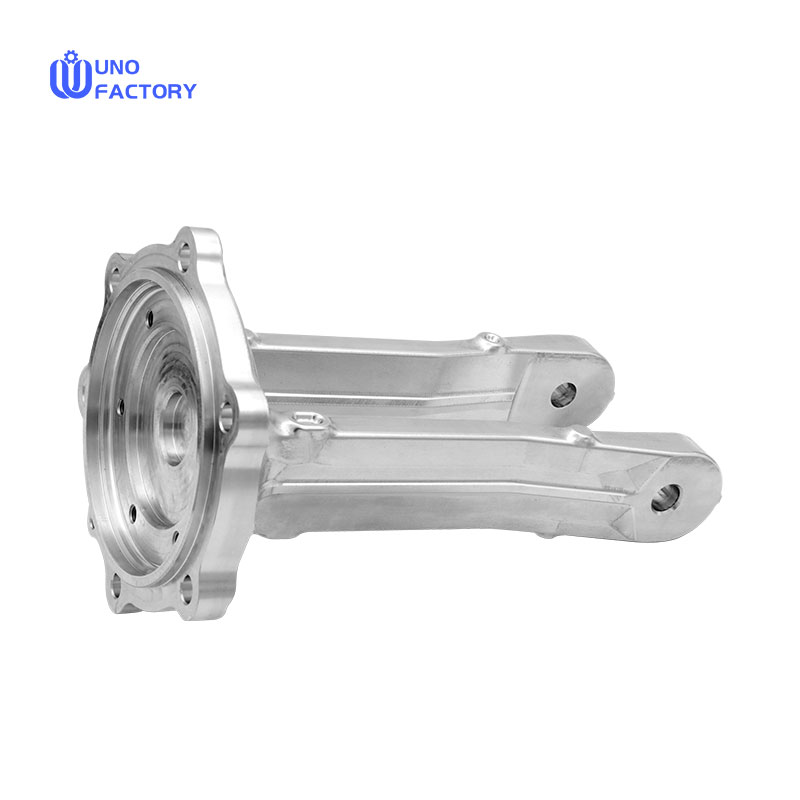Time to read: 6 min

CNC machining is a precision manufacturing process that produces parts with high accuracy and repeatability. A crucial element of this process is the surface finish, which not only affects the appearance of the part but also its performance and durability.
Understanding Surface Finish in CNC Machining
Surface finish refers to the texture and appearance of the surface produced by CNC machining. It is influenced by factors such as material quality, machining technique, cutting parameters, and tool selection. Achieving the appropriate surface finish is essential for ensuring the part's quality and meeting specific application requirements.
Types of Surface Finishes for CNC Machining
- As-Machined Finish: The natural finish of a part after machining, characterized by visible tool marks and a rough texture.
- Anodizing: A surface treatment for aluminum that provides an oxide layer for enhanced durability and corrosion resistance.
- Alodine Coating: A chromate conversion coating for improved corrosion resistance and adhesion, often used as a primer for further coatings.
- Black Oxide Coating: A wear-resistant finish for steel and iron that enhances lubricity and durability.
- Electroplating: The application of a thin metallic layer to improve corrosion resistance and aesthetics.
- Passivation: A process used for stainless steel to improve corrosion resistance by creating a uniform oxide layer.
- Bead Blasting: A process that uses high-pressure beads to create a textured, matte finish, removing surface contaminants.
- Powder Coating: An electrostatic application of powder for a durable, long-lasting finish with resistance to impact and UV radiation.
- Brushing: A manual process using abrasive pads or brushes to improve the visual appeal of metal surfaces.
- Polishing: A process that uses abrasives to achieve a smooth, glossy finish, enhancing the material's reflectivity and aesthetic appeal.
- Painting: A versatile surface treatment that provides visual appeal and corrosion protection in various colors and finishes.
Pre-Surface Finish Processes
Before applying the final surface finish, parts typically undergo pre-finish processes such as degreasing, deburring, grinding, and inspection to ensure a clean, smooth surface free of defects.
Factors to Consider When Choosing a Surface Finish
Selecting the right surface finish depends on various factors, including:
- Functionality: The surface finish should meet the functional requirements of the part, such as wear resistance or corrosion resistance.
- Material: The compatibility of the finish with the material being used, as some finishes are better suited to specific materials.
- Aesthetics: The desired visual appearance of the part, ranging from high gloss to matte finishes.
- Cost: Balancing the cost of different finishes against the desired outcome, function, and time constraints.
- Lead Time: The time required to complete the finishing process, which can vary from one method to another.
- Environmental Impact: Considering the ecological footprint of the finishing process and opting for eco-friendly options when possible.
- Part Geometry: The complexity and tolerances of the part, which can influence the choice of surface finish.
Conclusion
Choosing the right surface finish for CNC machined parts is crucial for achieving the desired balance of aesthetics, functionality, and cost-efficiency. By considering the factors mentioned and working with experienced professionals, manufacturers can ensure that their parts meet the highest quality standards.




